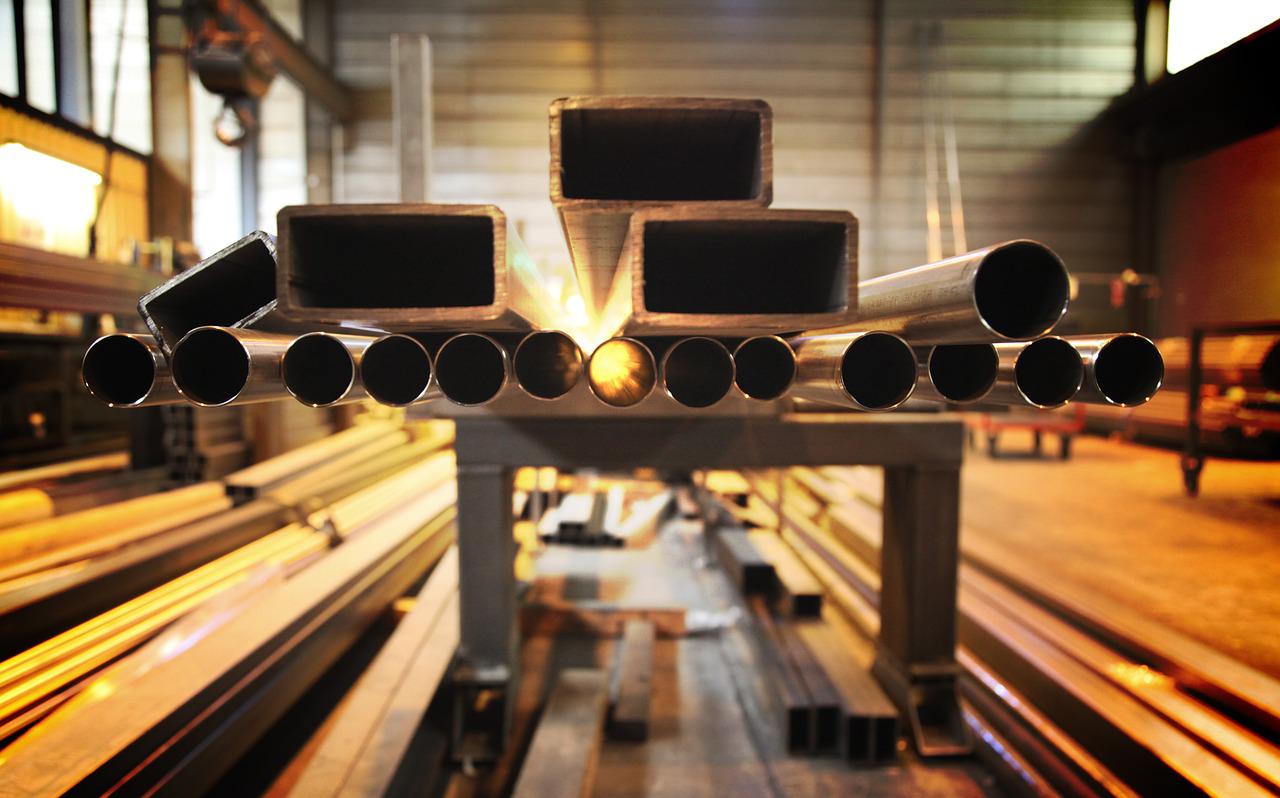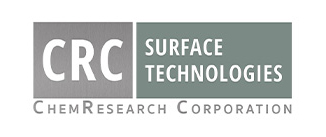
23 Aug What Is the Passivation Process?
Passivation removes contaminants from metal surfaces and improves corrosion resistance. Passivation is an important step after the manufacturing of stainless steel and other metal parts that ensures sufficient rust resistance. At ChemResearch Corporation, passivation is one of the many surface treatments we provide to manufacturers in a wide range of industries.
What Does Passivation Mean?
When certain metals are exposed to oxygen, they form iron oxide (rust). Passivation is a chemical treatment used on stainless steel and other metals to enhance corrosion resistance and prevent oxidation. The process of passivation coats the metal with a protective oxide layer that makes the surface “passive,” and is less affected by air, water, and other environmental factors.
Why Is Metal Passivation Needed?
The metal finishing process of passivation is needed to protect metal parts from corrosion. Even metals that become naturally resistant to corrosion require passivation after machining.
For example, chromium, one of the alloys in stainless steel, helps the steel form a passive surface layer. When chromium is exposed to air, it forms a thin outer film of chromium oxide, which prevents rust. As a result, it may seem like stainless steel parts would have natural corrosion resistance.
However, the welding, grinding, cutting, and machining of stainless steel parts can leave behind grease, dirt, debris, iron particles, and other surface contaminants. Sulfides are often added to stainless steel to improve its machinability as well. These substances can slow the formation of the metal oxides that resist rust, like chromium oxide, aluminum oxide, and silicon dioxide, allowing corrosion to compromise the integrity of the metal part.
Passivation is needed to ensure that metal parts will not corrode or rust when they are used for aircraft, military vehicles, and other products that are frequently exposed to the elements. After passivation, stainless steel parts will not only have a higher level of chromium, but also a better appearance. Once the metal part has been tested, it is then ready to be primed and painted as necessary.
What Is Involved in the Passivation Process?
There are three steps to the passivation process. First, the metal part is thoroughly cleaned to remove substances that were left behind after machining. Without this vital step, the metal could be damaged during passivation.
The second step is to submerge the metal part in a passivating nitric or citric acid bath solution for 20 to 30 minutes. The solution bonds to the metal surface, removing iron particles and creating a protective shell over the metal part. This shell is what makes the surface passive and protects it from rust and other corrosion. After passivation, the third step is testing the surface to ensure that the metal part is effectively protected.
Passivation from ChemResearch Corporation
As a NADCAP certified and ITAR-registered company, we provide reliable, high quality surface treatments for manufacturers in the aerospace, defense, medical, electronics, aviation, and heavy equipment industries.
From passivation to anodizing, ChemResearch Corporation has the metal finishing services you need to build safe and effective products. As the largest special processing facility in Arizona, all of our processing is performed in-house.
Call 602-253-3423 to discuss how our passivation or other metal finishing services can fulfill your needs.
Images used under creative commons license – commercial use (8/23/2022). Image by ludex2014 from Pixabay

